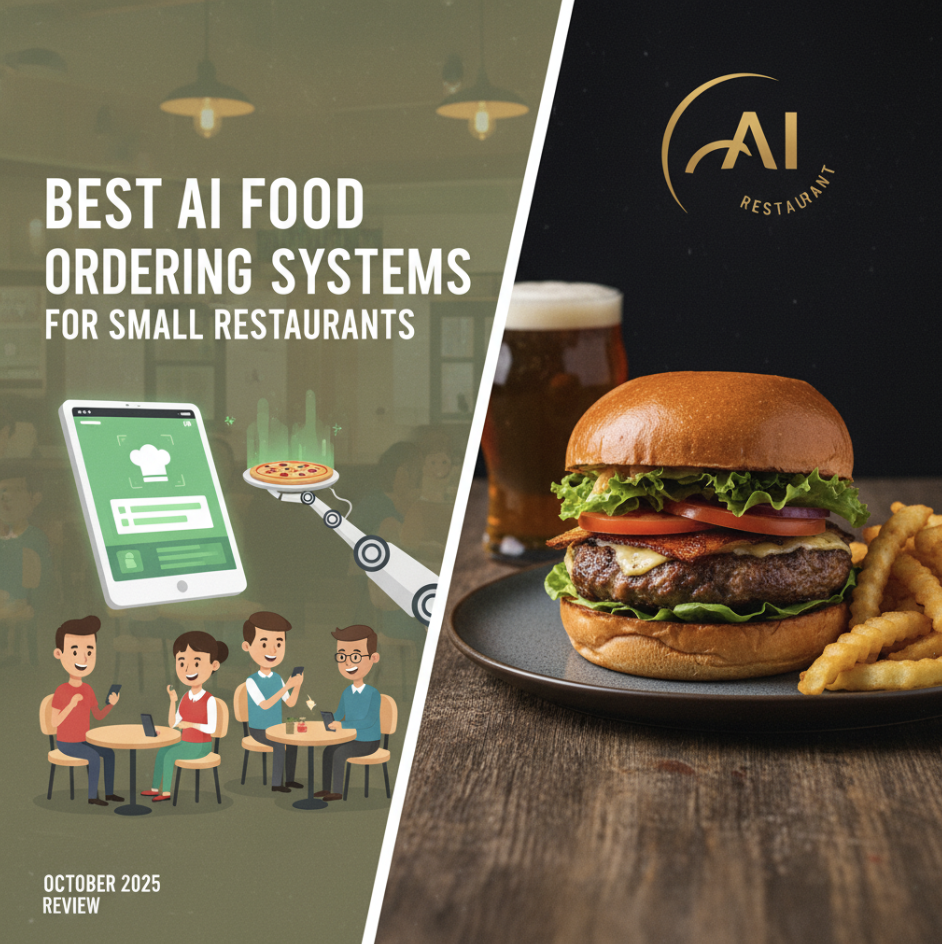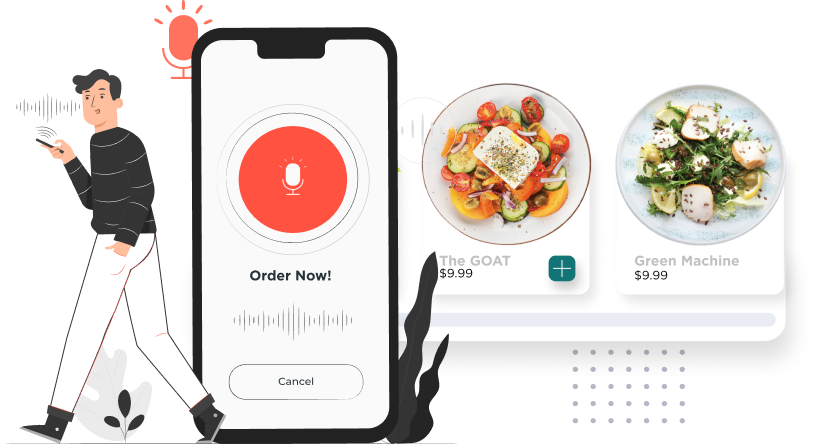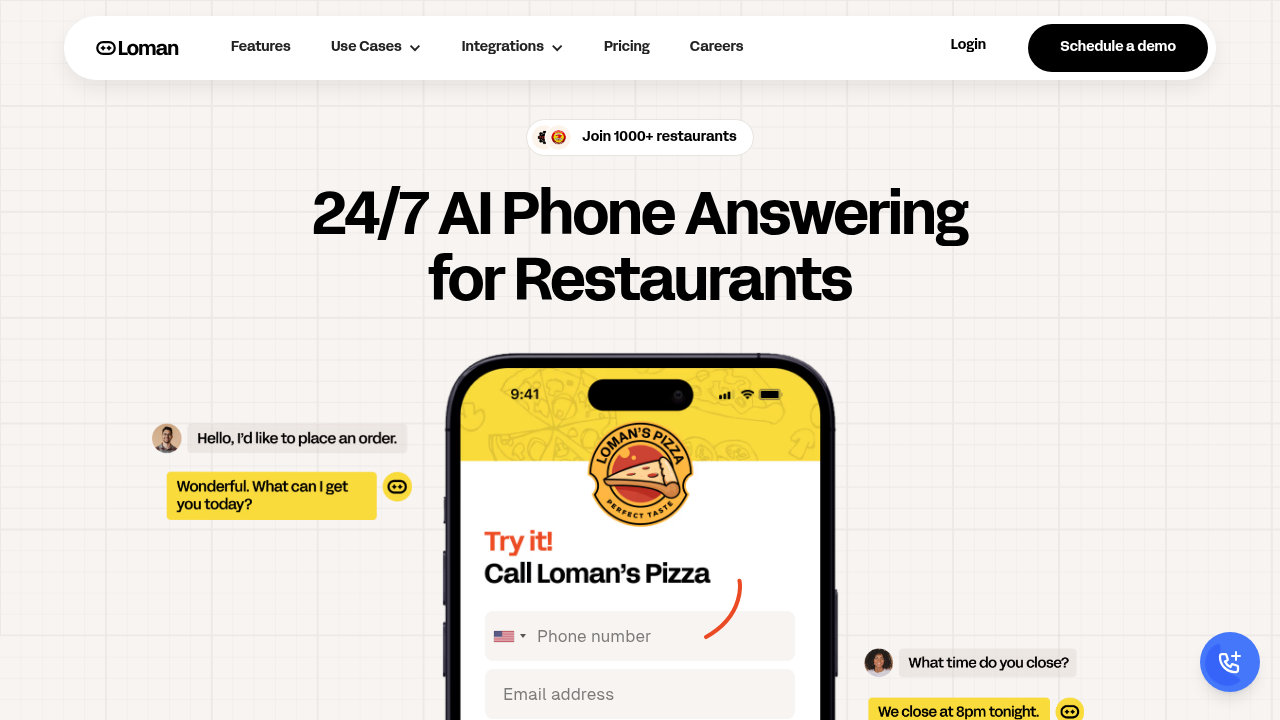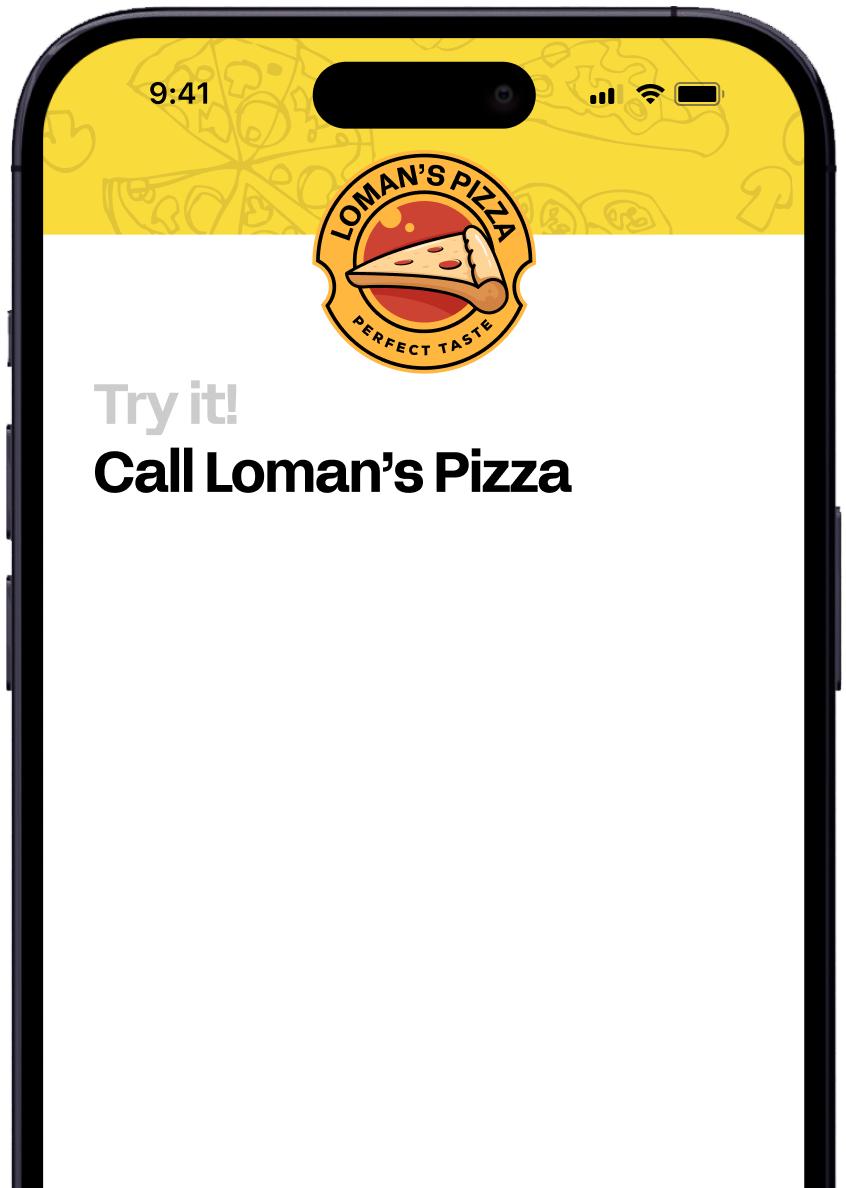October 19, 2025

You've probably lost more revenue to missed phone calls than you realize. When your dinner rush hits and staff are juggling orders while serving tables, those busy signals and long hold times send customers straight to your competitors. Fortunately, there's a solution that captures every single call while freeing up your team to focus on what they do best. Modern AI food ordering systems can handle unlimited simultaneous calls, take complete orders, and process payments 24/7 without ever putting a customer on hold.
TLDR:
AI food ordering systems are automated solutions that handle customer calls without human intervention. These systems use voice recognition technology and LLMs to understand what customers want, take complete orders, and process payments over the phone.
The core components work together smoothly. When a customer calls, the AI answers immediately and guides them through the ordering process using natural conversation. It knows your menu, handles questions about ingredients or allergens, and can even suggest popular add-ons to increase order value. This means that no customer ever gets a busy signal or waits on hold.
What sets these systems apart from traditional phone ordering is their integration features. Orders flow directly into your existing POS system, eliminating manual entry errors and freeing up staff to focus on customers in the restaurant. The AI also processes secure payments during the call, so orders arrive complete and ready for preparation. For small restaurants dealing with high call volumes or staffing challenges, AI phone systems are a major upgrade, operating ceaselessly while maintaining consistent service quality.

Small restaurants face a unique challenge: because they have limited staff, any surge in customers can increase wait times in the restaurant but also result in missed phone calls and, possibly, to-go orders. Thankfully, an AI food-ordering system directly tackles this challenge by providing a number of valuable benefits:
While the AI food ordering market is relatively young, it is growing quickly and attracting a host of new companies. Here are some of the leading providers:
The restaurant automation space continues to evolve, but Loman remains the most complete solution for small and independent restaurant operators. It is the only system that combines complete order taking, payment processing, and deep POS integration designed for small restaurants.

While there are several providers to choose from for your AI food ordering system, your selection should take into account several factors which can impact the time and success of implementation.
Before you take the plunge and select an AI food ordering system provider, you should get a clear picture of the costs and understand the ROI. This helps you make an informed decision about the technology as well as the selected provider.
Based on internal analysis, Loman customers see complete ROI within 3-6 months, with ongoing annual savings of $15,000-25,000.

After reviewing all the options, Loman AI stands out as the clear winner for small restaurants seeking a complete AI food ordering features. Unlike competitors that focus on single features or enterprise clients, Loman delivers everything small operators need in one integrated solution.
What sets Loman apart is its restaurant-specific design. The system handles complete order taking, secure payment processing, reservation management, and native POS integration. You're not cobbling together multiple tools or dealing with limited functionality. And deployment is straightforward. Most restaurants go live in under 24 hours with white-glove setup included. Compare that to competitors requiring weeks or months of implementation.
Loman processes tens of millions in order volume and millions of calls, proving its reliability at scale while remaining accessible to single-location operators. But that order volume also gives Loman access to aggregate data about AI food ordering system usage. The financial impact speaks for itself. Our restaurants report up to 22% revenue increases from captured calls and smart upselling, plus 17% labor cost reductions. Cost savings analysis shows most operators achieve full ROI within months.
Built for restaurants by restaurant industry veterans, Loman understands your daily challenges. Our system handles edge cases gracefully, supports multiple languages, and provides detailed ROI tracking to measure success.
Implementation time depends on both the technology and aspects of your restaurant such as menu complexity. It can be anywhere from a day to a few weeks. Loman AI offers white-glove setup to get restaurants live within a day, while some competitors may require weeks or months of implementation.
Complete order-taking systems like Loman AI can process full menu orders, handle payments, and send tickets directly to your POS, capturing much more revenue. Reservation-only systems miss the opportunity to take actual food orders, limiting their financial impact on your business.
Yes, advanced AI systems can manage complex menus with extensive customizations, allergen questions, and special requests. They send clean, accurate tickets directly to your POS system, often with better accuracy than human staff during busy periods.
If you're missing calls during busy periods, spending more than 20 hours weekly on phone coverage, or struggling with order accuracy issues, an AI system will likely provide immediate benefits.
Every missed call during your dinner rush represents lost revenue that adds up quickly over time. The technology has matured to the point where implementation is straightforward and ROI is practically guaranteed for restaurants taking 50+ phone orders weekly. Loman AI delivers a complete AI food ordering solution small restaurants need without the complexity of enterprise systems. Your staff can focus on creating great food and serving customers while AI handles every incoming call perfectly.

Enter your information in the form to receive a call from Loman and place an order like a customer would!